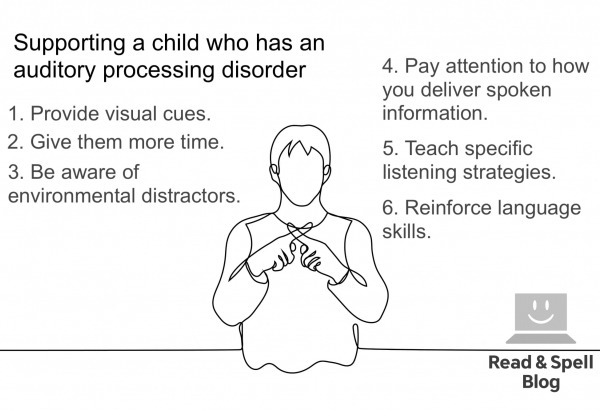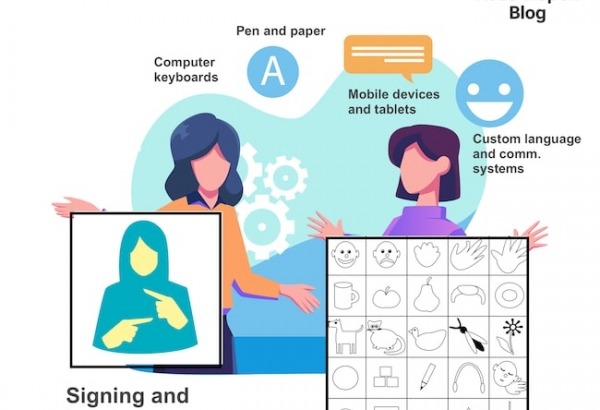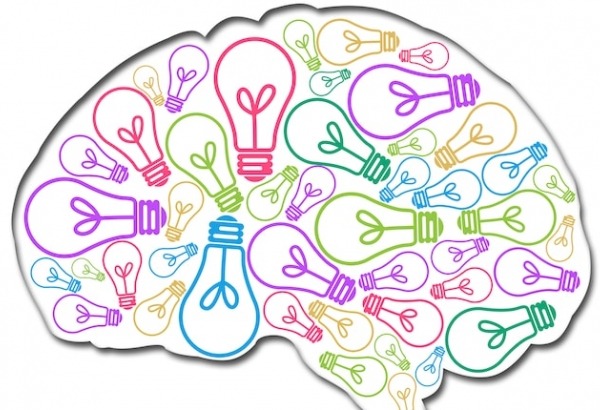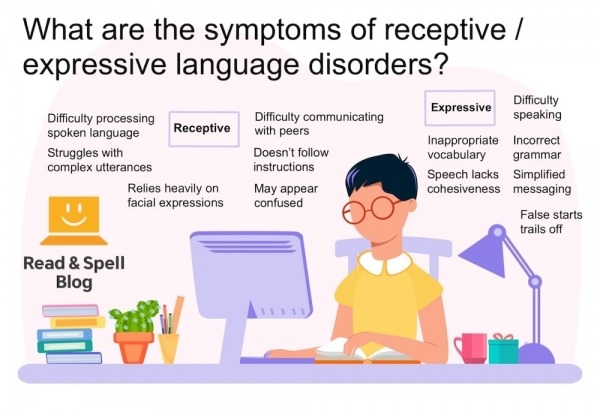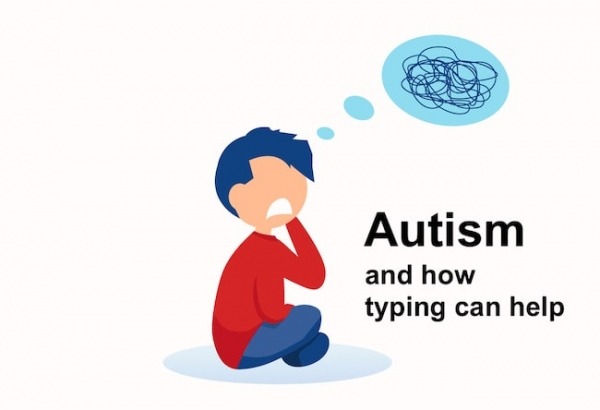Strategies for students with autism

Autism spectrum disorder (ASD) is a broad term used to describe various forms of autism, a brain-based condition that impacts on behaviour and affects the way individuals communicate.
While many of the challenges children with autism face in the classroom are related to developing social skills and interacting both with their peers and their teachers, some autistic students may struggle when it comes to literacy skills.
More often than not, the issues present as problems with reading comprehension vs. the actual decoding of language. Teachers may observe children reading fluently only to discover they have not understood the text that was processed.
Fortunately there are a number of strategies that parents and teachers can implement to help kids with ASD strengthen reading comprehension, including visualizing the story, integrating multi-sensory learning to bring words and concepts to life and acting out dramatic renditions of a text to enhance understanding of social interactions through the use of gesture and facial expressions.
What is autism spectrum disorder (ASD)?
According to the US Center for Disease Control and Prevention, 1 in 68 children born in the US will have autism. Of them, 1/3 will be nonverbal, 1/3 will need assistance and 1/3 will be able to complete their education and live an independent life.
In recent years, autism has been on the rise with the syndrome more commonly observed in boys than girls and diagnosed when a child is as young as 24 months.
Kids with autism tend to be very visual and may excel in music, maths or the arts.
They often appreciate consistent and predictable routines when it comes to education. These children may prefer not to look their teacher(s) in the eye and often enjoy working with computers, tablets and other technology.
Difficulties with reading social cues can mean they struggle to make friends and may be more interested in things than people. There can also be an extreme sensitivity to touch and other sensory information - as can also be seen in dyspraxia - and difficulties with sleep and digestion.
Children with Asperger’s syndrome, a form of autism, often have full language and communication skills while hyperlexic kids may not process spoken language well but possess above average skills when it comes to written language and numbers.
Some autistic students like to repeat language that is directed at them and focus on functional communication vs. engage in social interaction.
Education for kids with autism
Learning to read and write is essential for autistic kids in order to help them achieve their full potential at school.
Even if a student has shown no interest in reading or seems to lack the ability to understand stories, it is still important to provide him or her with access to books.
In some cases, problems with reading comprehension may not even be present. Rather, they can be the result of a child who is unable to communicate with their teacher about what they have read.
That’s why it’s important for teachers to be creative in assessing comprehension.
Summary skills may be lacking or it can be difficult to answer a direct question about specific details.
As an alternative, you can try providing students with activities that allow them to show what they have understood through drawing, acting out scenes or making collages of related content.

Reading comprehension
Reading is a cognitively challenging activity that involves holding multiple pieces of language in mind in order to make connections and draw conclusions about a text.
When children learn how to read they begin by mastering the skill of decoding. This requires knowledge of phonics.
As they encounter repeat vocabulary, kids become more able to recognize familiar terms and skip the sounding out process altogether in favour of sight-reading. This helps them read faster and save cognitive energy for understanding unfamiliar words.
Learn more about sight-reading and teaching children to read.
Many students with ASD are able to decode language without a problem but struggle when it comes to comprehension.
They can have trouble visualizing what they are reading and processing figurative and indirect language, including idioms, which may be interpreted word for word.
They may not be able to differentiate main ideas from specific details, make predictions about a text or understand the author’s intent in writing.
Tips for parents and teachers
1. Start reading to autistic children from an early age.
As with all kids who are learning how to read, it’s important to have developed certain pre-literacy skills, including a familiarity with books and how they work, recognition of print, an interest in reading, and the ability to follow a narrative. Reading to children from birth also allows parents an opportunity to model reading comprehension as they discuss their own interpretations of the text, ask and answer questions, and narrate observations out loud. Learn more about early literacy skills.
2. Activate prior knowledge and provide background before reading.
Children who struggle with reading comprehension can benefit from pre-reading strategies that help them activate relevant information that relates to the text. Teachers may connect the reading to a child’s life or provide background on the central theme in order to indicate gist.
The more direct you are, the better. Sharing personal experiences and stories may also be helpful as is watching film clips or even looking at books on the same topic.
3. Go over the reading together, list out information and involve the senses.
Teachers can help make what’s going on in a reading more obvious to students with autism by adding in visual cues and even bringing elements of movement into the activity through gesture. Showing and telling students what is happening, assigning information importance in order to reinforce reading constructs, and discussing inferences are all helpful.
Consider that students may not always respond to comprehension questions immediately so give them plenty of time to do so, in addition to opportunities to provide answers in writing, through recording their voice, typing or even visual displays.
4. Set reading goals and provide a structured program or schedule.
Kids with ASD like predictability and consistency. You can bring this to reading by setting daily, weekly and monthly goals matched to the individual’s ability. Introduce a set of graded readers and go through them one at a time, recording achievements and keeping track of pages read.
Touch-type Read and Spell can also be a useful addition to literacy programs for autistic children as it provides an opportunity to experience self-directed learning, work on the computer and reinforce decoding, sight-reading and spelling skills at the same time.

How technology can help
Many teachers who work with autistic students observe a preference for learning on the computer because it does not involve social interaction or two-way communication and is very predictable. Some even use educational programs as a reward for students who have completed classroom-based tasks.
Typing on a computer or tablet device has proven a valuable means of alternative and augmentative communication for many kids with autism, especially in cases of non-verbal ASD.
The Touch-type Read and Spell course is a typing program that has been designed for kids with specific learning difficulties, including dyslexia, dyspraxia and ADHD, and has been successfully used to help autistic students.
It teaches touch-typing on computers and iPads using a multi-sensory approach in which a word is displayed on the screen, accompanied by an audio recording and the student physically typing the keys. In this way, spelling is reinforced via muscle memory in the fingers and phonics and sight-reading skills are enhanced.
Because the course is modular in design, individuals can work through material at their own pace, repeating lessons until they achieve target accuracy.
This self-directed learning can be a great way for autistic students to build self-esteem and confidence at school. Feedback is built in and teachers can chart student progress with various graphs to review and celebrate achievement.
Learn more about the benefits of typing for learners with autism.
Do you have any strategies to add? Send us an email and join the discussion!
For autistic learners
TTRS is a program designed to get children and adults with autism touch-typing, with additional support for reading and spelling.
Chris Freeman
TTRS has a solution for you
An award-winning, multi-sensory course that teaches typing, reading and spelling

How does TTRS work?
Developed in line with language and education research
Teaches typing using a multi-sensory approach
The course is modular in design and easy to navigate
Includes school and personal interest subjects
Positive feedback and positive reinforcement
Reporting features help you monitor usage and progress







